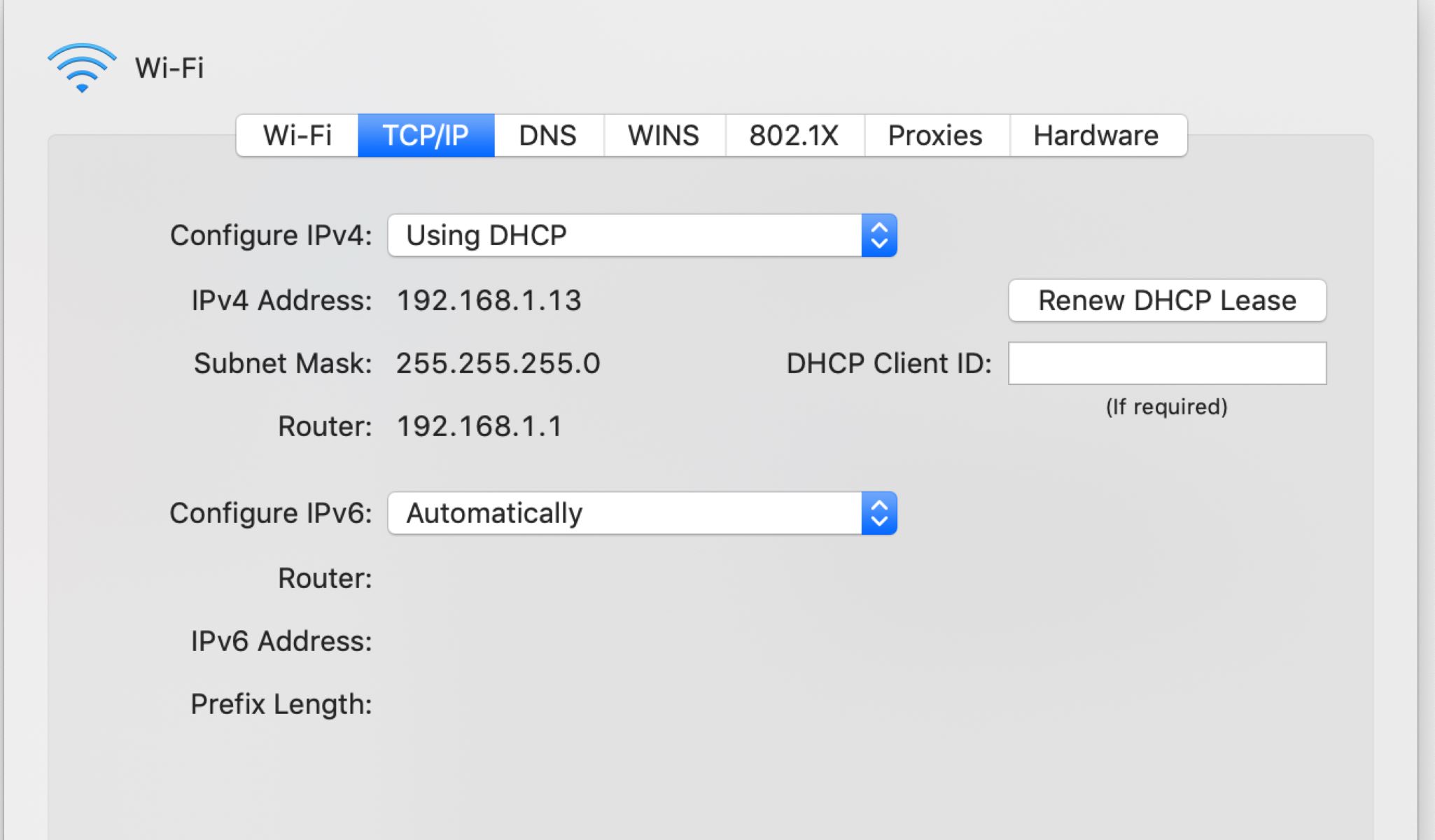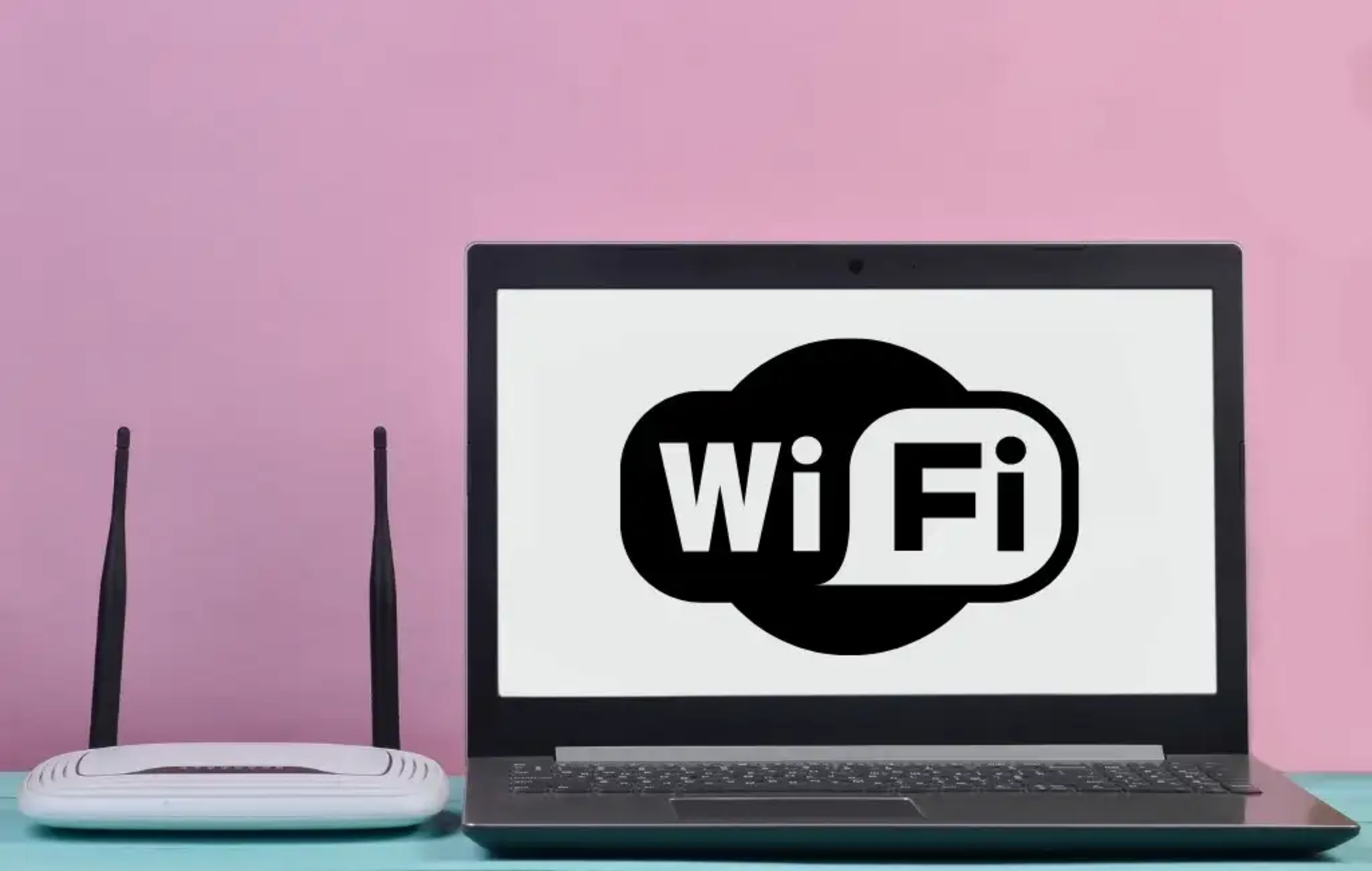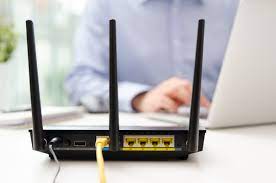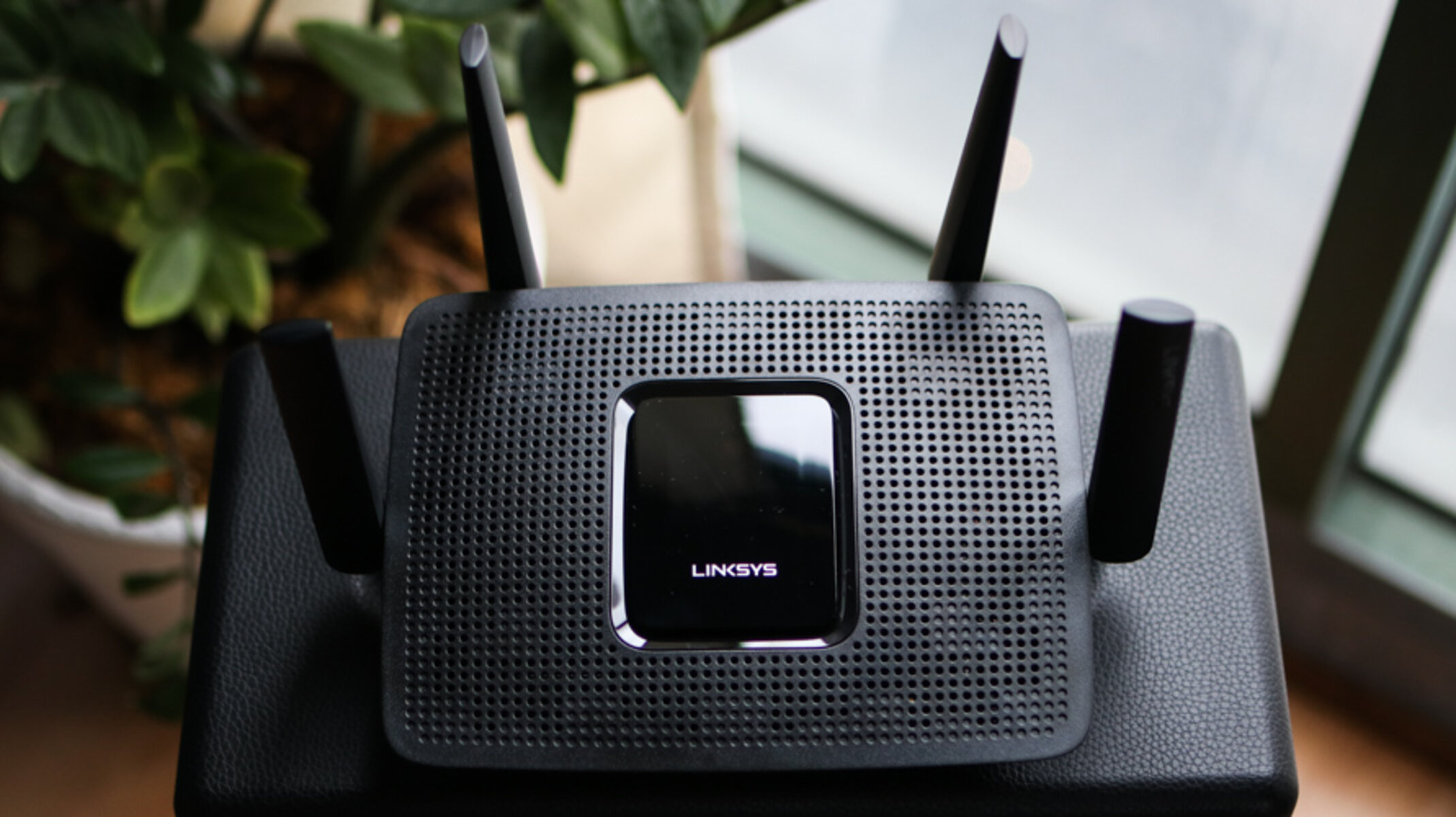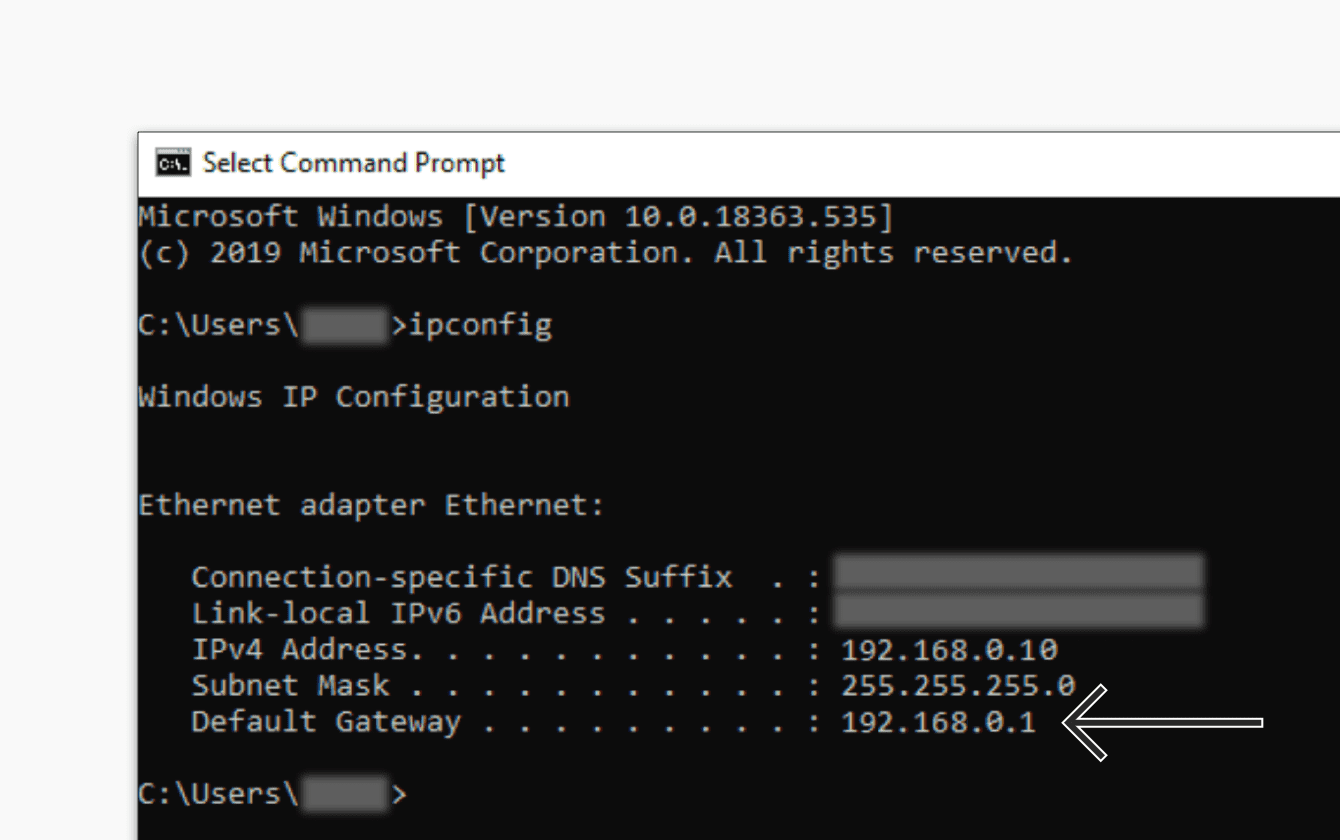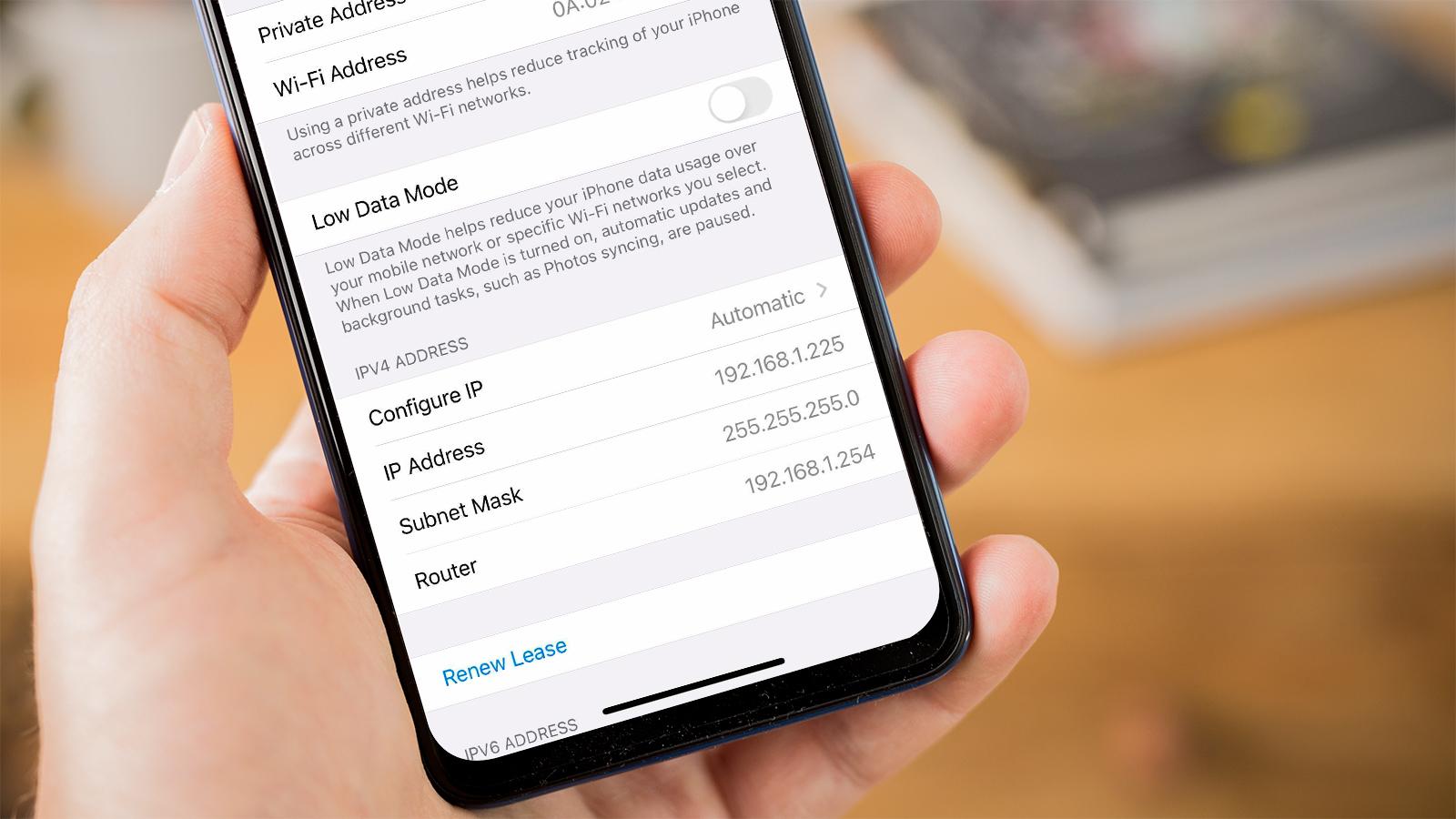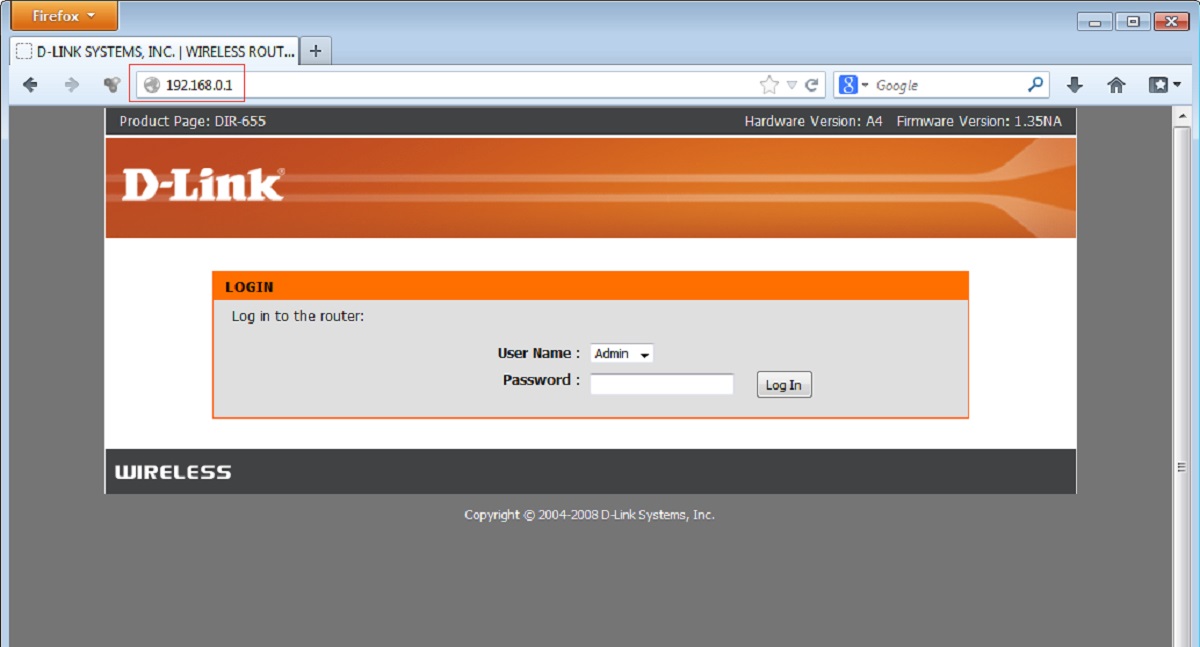Understanding IP Addresses
An IP address stands for Internet Protocol address, which is a unique numerical label assigned to each device connected to a computer network. It serves as an identifier for devices to communicate with each other and allows the exchange of data across the internet.
IP addresses can be classified into two types: IPv4 (Internet Protocol version 4) and IPv6 (Internet Protocol version 6). IPv4 addresses consist of four sets of numbers separated by periods, such as 192.168.0.1, while IPv6 addresses are written in a hexadecimal format and are much longer.
Each IP address is divided into two parts: the network address and the host address. The network address indicates the network to which the device is connected, while the host address identifies the specific device on that network.
Understanding IP addresses is essential for managing networks and troubleshooting connectivity issues. By knowing the IP address of your router, you gain access to its administration settings, allowing you to configure network settings, secure your connection, and resolve any network-related problems.
It’s important to note that IP addresses can be dynamic or static. Dynamic IP addresses are automatically assigned by a DHCP (Dynamic Host Configuration Protocol) server and change periodically, while static IP addresses are manually configured and remain consistent.
When accessing your router’s administration settings or performing tasks like port forwarding or setting up a home network, knowing your router’s IP address is crucial. It allows you to interact with your router and configure settings according to your preferences.
Now that we have a basic understanding of IP addresses and their importance, let’s move on to finding the IP address of your router based on your operating system.
Why Do You Need to Know Your Router’s IP Address?
Knowing your router’s IP address is essential for various reasons. Let’s explore some key reasons why having this information is crucial:
Access Router Settings: Your router’s IP address allows you to access the router’s administration settings. This is where you can configure important network settings, such as Wi-Fi password, port forwarding, firewall settings, and more. Being able to access these settings empowers you to customize your network according to your specific needs.
Troubleshooting Network Issues: If you experience connectivity problems or network-related issues, knowing your router’s IP address becomes invaluable. It allows you to access the router’s settings and perform diagnostic tasks. You can check the status of your internet connection, reboot the router, or even update its firmware to resolve any performance issues.
Setting Up Home Network: When setting up a home network, knowing your router’s IP address is essential. It helps you connect devices, configure security settings, and manage the network effectively. Whether you need to add a new device to the network or troubleshoot connection problems, having the router’s IP address is crucial.
Enhancing Network Security: Your router’s administration settings play a significant role in securing your network. By knowing the IP address, you can change default login credentials, enable encryption protocols, and set up a firewall to protect your network from unauthorized access and potential security threats.
Port Forwarding: Certain applications or services may require port forwarding to function correctly. Port forwarding allows you to route incoming network traffic from the internet to a specific device on your network. By knowing your router’s IP address, you can easily configure port forwarding settings and access these services seamlessly.
Guest Network Configuration: If your router supports guest networks, knowing the router’s IP address enables you to set up and manage a separate Wi-Fi network for your guests. It provides them with internet access while keeping your main network secure and private.
Updating Router Firmware: Router manufacturers often release firmware updates to enhance performance, fix bugs, and improve security. By accessing your router’s administration settings with the IP address, you can easily check for firmware updates and ensure that your router is running the latest software version.
Overall, knowing your router’s IP address grants you the ability to manage and customize your network, troubleshoot issues effectively, and enhance network security. So, it is essential to have this information readily available whenever you need it.
Finding Your Router’s IP Address on Windows
On Windows operating systems, there are a few simple ways to find your router’s IP address. Here are three methods you can try:
- Using Command Prompt:
- Using Network and Sharing Center:
- Using Control Panel:
1. Press the Windows key + R to open the Run dialog box.
2. Type “cmd” and press Enter to open the Command Prompt.
3. In the Command Prompt, type “ipconfig” and press Enter.
4. Look for the “Default Gateway” under the network adapter you are connected to. The IP address next to it is your router’s IP address.
1. Right-click on the network icon in the system tray and select “Open Network and Sharing Center.”
2. Click on the active network connection under the “View your active networks” section.
3. In the window that appears, click on the “Details” button.
4. Look for the “IPv4 Default Gateway” – this is the IP address of your router.
1. Press the Windows key + R to open the Run dialog box.
2. Type “control” and press Enter to open the Control Panel.
3. In the Control Panel, select “Network and Internet” and then click on “Network and Sharing Center.”
4. From the left-hand menu, click on “Change adapter settings.”
5. Right-click on the network connection you are using and select “Status.”
6. In the Status window, click on the “Details” button.
7. Find the “IPv4 Default Gateway” – this is your router’s IP address.
Once you have obtained your router’s IP address, open a web browser and type it into the address bar to access the router’s login page. From there, you can enter your login credentials (usually a username and password) to access the router’s administration settings.
Finding your router’s IP address on Windows is simple and can be done using the Command Prompt, Network and Sharing Center, or the Control Panel. It allows you to conveniently access and manage your router’s settings to customize your network and resolve any network-related issues.
Finding Your Router’s IP Address on Mac
If you are using a Mac computer, there are a few methods you can use to find your router’s IP address. Here are three common methods:
- Using System Preferences:
- Using Network Utility:
- Using Terminal:
1. Click on the Apple menu in the top-left corner and select “System Preferences.”
2. In the System Preferences window, click on “Network.”
3. Select the network connection you are using (e.g., Wi-Fi) from the left-hand sidebar.
4. Click on the “Advanced” button at the bottom-right corner.
5. Go to the “TCP/IP” tab, and you will find your router’s IP address next to “Router.”
1. Open the “Finder” and go to “Applications.”
2. Open the “Utilities” folder and double-click on “Network Utility.”
3. In the Network Utility window, click on the “Info” tab.
4. Select the network connection you are using (e.g., Wi-Fi) from the dropdown menu.
5. Look for the “Router” field – this displays your router’s IP address.
1. Open the “Finder” and go to “Applications.”
2. Open the “Utilities” folder and double-click on “Terminal.”
3. In the Terminal window, type “netstat -nr | grep default” and press Enter.
4. Look for the IP address next to “default” – this is your router’s IP address.
After finding your router’s IP address using one of these methods, you can enter it into a web browser’s address bar to access your router’s login page. From there, you can log in with your credentials and access the router’s administration settings.
Finding your router’s IP address on a Mac is simple and can be done through System Preferences, Network Utility, or Terminal. Once you have the IP address, you can manage your router’s settings, customize your network, and effectively troubleshoot any network-related issues.
Finding Your Router’s IP Address on Android
If you are using an Android device, you can easily find your router’s IP address using the following steps:
- Using Wi-Fi Settings:
- Using Network Details:
- Using Third-Party Apps:
1. Open the “Settings” app on your Android device.
2. Scroll down and tap on “Wi-Fi.”
3. Find the Wi-Fi network you are currently connected to and tap on it.
4. A new window will open with detailed information about your Wi-Fi connection.
5. Look for the “Gateway” or “Router” entry – this is your router’s IP address.
1. Connect your Android device to the Wi-Fi network you want to find the router’s IP address for.
2. Go to the “Settings” app on your device.
3. Tap on “Network & Internet.”
4. Tap on “Wi-Fi” and then tap on the currently connected Wi-Fi network.
5. In the new window, tap on “Advanced.”
6. Scroll down and look for the “Gateway” or “Router” entry – this displays your router’s IP address.
1. Open the Google Play Store on your Android device.
2. Search for “network scanner” or “IP scanner” apps.
3. Install a reputable app from the search results.
4. Open the installed app and allow it to scan your network.
5. The app will display a list of devices connected to your network, including your router. The router’s IP address will be listed alongside its name.
Once you have found your router’s IP address, you can enter it into a web browser on your Android device to access the router’s login page. From there, you can log in and adjust network settings, troubleshoot any issues, and customize your network as needed.
Finding your router’s IP address on an Android device is straightforward and can be done through Wi-Fi settings, network details, or third-party apps. Having this information at hand allows you to manage and configure your router effectively on your Android device.
Finding Your Router’s IP Address on iOS
If you are using an iOS device, such as an iPhone or iPad, you can find your router’s IP address using the following methods:
- Using Wi-Fi Settings:
- Using Network Analyzer Apps:
1. Open the “Settings” app on your iOS device.
2. Tap on “Wi-Fi.”
3. Find the Wi-Fi network you are connected to and tap on the blue “i” icon next to it.
4. Scroll down and locate the “Router” entry – this is your router’s IP address.
1. Open the App Store on your iOS device.
2. Search for “network analyzer” or “IP scanner” apps.
3. Install a reputable app from the search results.
4. Open the installed app and allow it to scan your network.
5. The app will display a list of devices connected to your network, including your router. The router’s IP address will be listed alongside its name.
Once you have obtained your router’s IP address, you can open a web browser on your iOS device and enter it into the address bar. This will take you to the router’s login page, where you can log in using your credentials and access the router’s administration settings.
Knowing your router’s IP address on an iOS device is vital for efficiently managing and customizing your network. Whether you need to change network settings, troubleshoot connectivity issues, or enhance security, having access to the router’s administration settings is crucial.
Troubleshooting Common Issues with Finding Your Router’s IP Address
While finding your router’s IP address is typically a straightforward process, there can be some common issues that may arise. Here are a few troubleshooting tips to help you overcome these challenges:
- Misconfigured Network Settings: If you are unable to find your router’s IP address using the methods mentioned earlier, double-check your network settings. Ensure that you are connected to the correct Wi-Fi network and that the network adapter is functioning correctly. Restarting your device or router and reconnecting to the network might also resolve the issue.
- Router Reset: If you have recently reset your router, the IP address might have been changed to the default value. Consult your router’s manual or manufacturer’s website to find the default IP address. You can then use that IP address to access the router’s admin settings.
- Firewall or Anti-virus Software: Sometimes, firewall or anti-virus software can interfere with the process of finding your router’s IP address. Temporarily disable any such software and attempt to find the IP address again. If successful, make sure to re-enable the software and configure it to allow access to the router’s admin page.
- IP Conflict: If there is an IP conflict on your network, it might prevent you from accessing the router’s IP address. To resolve this issue, try restarting both your computer and router. This will refresh the IP assignments and resolve any conflicts.
- Router Firmware: Outdated router firmware can sometimes cause issues with finding and accessing the router’s IP address. Check the manufacturer’s website for any available firmware updates. If an update is available, download and install it according to the provided instructions.
- Network Connectivity: If you are unable to find your router’s IP address, ensure that your network connection is stable. Check the network cables, restart your router, or try connecting to a different network if possible. Sometimes, a faulty or unstable connection can prevent displaying the router’s IP address correctly.
If you encounter any other issues while trying to find your router’s IP address, consult your router’s manual or contact the router’s manufacturer for further assistance. It is important to ensure that you follow the correct steps according to your specific router model and operating system to successfully find the IP address and access the router’s admin settings.
Protecting Your Router’s IP Address
Your router’s IP address is a crucial piece of information that grants access to its administration settings. Protecting this IP address is vital to ensure the security and integrity of your network. Here are some steps you can take to safeguard your router’s IP address:
- Change Default Login Credentials: When you access your router’s admin page for the first time, change the default login username and password. Using unique and strong credentials will prevent unauthorized access to your router’s settings.
- Use a Secure Wi-Fi Password: Ensure that you have a strong and unique Wi-Fi password to prevent unauthorized users from connecting to your network. Use a combination of uppercase and lowercase letters, numbers, and symbols for a robust password.
- Enable Network Encryption: Activate network encryption protocols such as WPA2 (Wi-Fi Protected Access 2) to secure your wireless network. This will encrypt the data transmitted between devices and help protect against eavesdropping and unauthorized access.
- Keep Firmware Updated: Regularly check for and install firmware updates provided by your router manufacturer. Firmware updates often include security patches and bug fixes that strengthen your router’s defenses against potential vulnerabilities.
- Enable Firewall Protection: Activate the firewall feature on your router, if available. A firewall acts as a barrier between your network and the internet, filtering out untrusted incoming traffic and blocking potential threats.
- Disable Remote Administration: Disable the remote administration feature on your router unless it is absolutely necessary. Remote administration can make your router vulnerable to unauthorized access if not configured securely.
- Use Guest Network: If your router supports it, create a separate guest network for visitors. This provides internet access without giving them access to your main network, protecting your devices and data.
- Regularly Check Connected Devices: Periodically review the list of devices connected to your network. Remove any unfamiliar or unauthorized devices to maintain control over your network and protect against potential threats.
- Enable Logging: Enable logs on your router to keep track of any suspicious activity. Monitoring logs will help you identify and address any potential security issues.
- Physical Security: Keep your router in a secure location, away from easy accessibility. This prevents physical tampering and unauthorized individuals from gaining direct access to your router.
By following these security measures, you can significantly enhance the protection of your router’s IP address and maintain a secure network environment. Remember that maintaining strong network security is an ongoing process, and it’s crucial to stay vigilant and updated regarding potential security threats and recommended practices.







